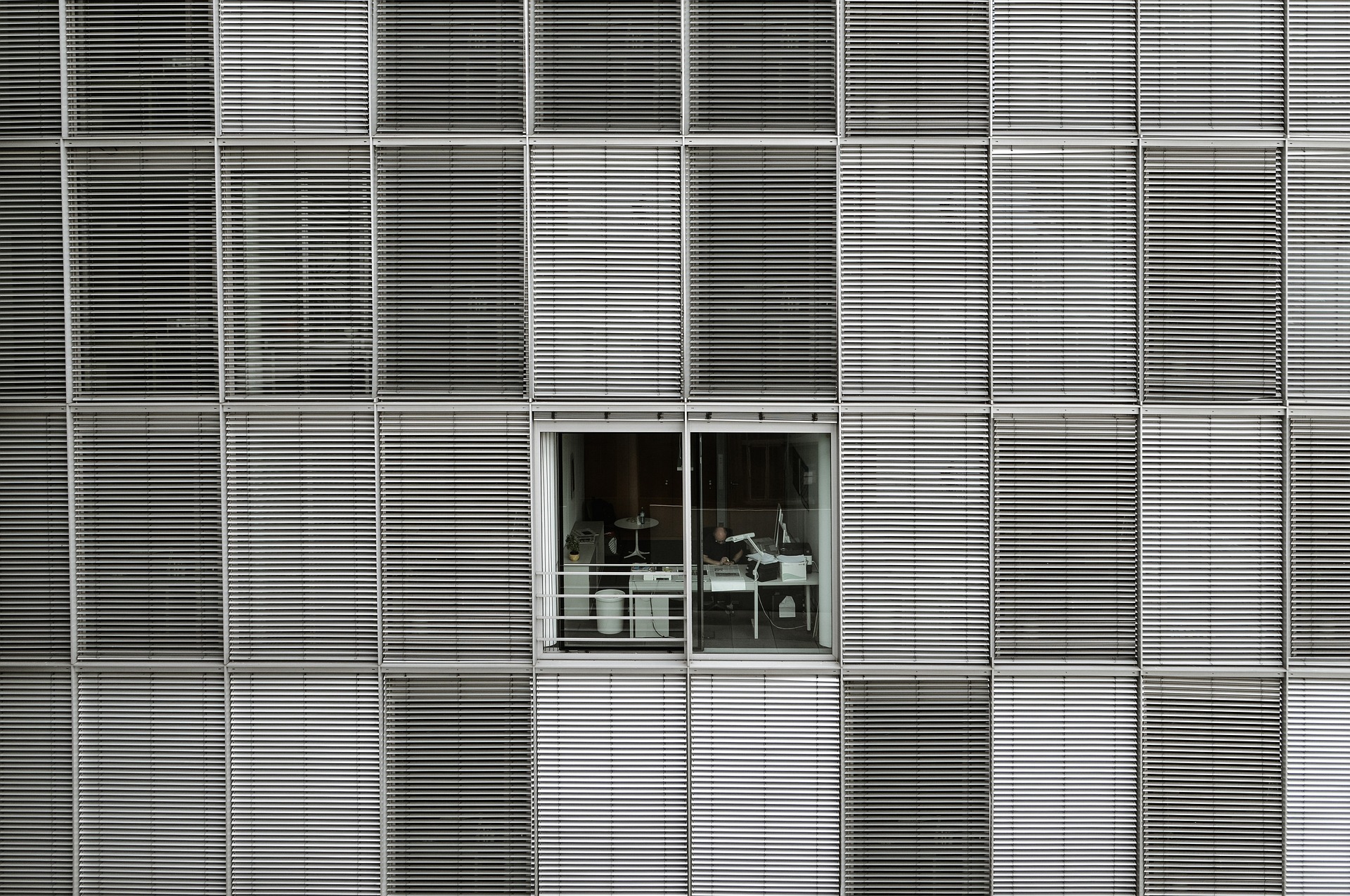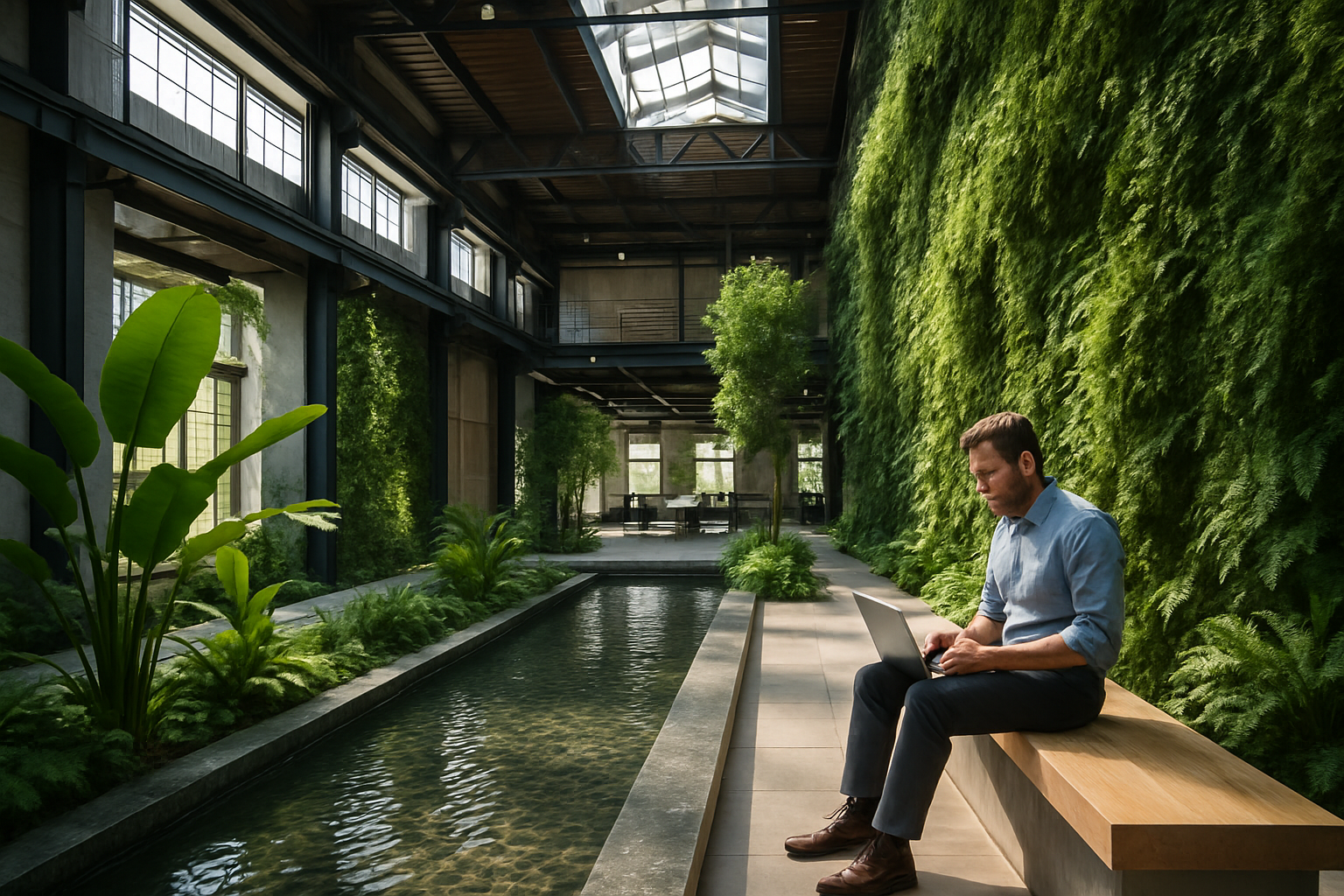Neuroarchitecture: Designing Spaces for Mental Wellbeing
The intersection of neuroscience and architecture is revolutionizing how we create and inhabit spaces. Neuroarchitecture, an emerging field, explores how our surroundings impact our brain function, emotions, and overall wellbeing. This innovative approach is reshaping urban planning, workplace design, and home interiors. Read below to discover how neuroarchitecture is transforming our built environment and influencing our daily lives.

The Origins of Neuroarchitecture
The concept of neuroarchitecture has its roots in the mid-20th century when researchers began exploring the relationship between human behavior and the built environment. However, it wasn’t until the early 2000s that the term neuroarchitecture was coined, marking the beginning of a more focused and scientific approach to this field.
Pioneering studies in environmental psychology laid the groundwork for neuroarchitecture. Researchers like Roger Ulrich demonstrated that hospital patients with views of nature recovered faster than those facing brick walls. This groundbreaking work sparked interest in how our surroundings could influence health outcomes and cognitive performance.
As neuroscience technologies advanced, researchers gained new insights into how the brain processes spatial information and responds to environmental stimuli. This convergence of neuroscience and architecture gave birth to neuroarchitecture as a distinct discipline, aiming to create spaces that work in harmony with our neurological processes.
Key Principles of Neuroarchitecture
Neuroarchitecture is guided by several core principles that inform design decisions. These principles are based on scientific research into how our brains perceive and interact with the environment.
Natural light plays a crucial role in neuroarchitectural design. Exposure to natural light helps regulate our circadian rhythms, improving sleep quality and overall wellbeing. Designers incorporate large windows, skylights, and light wells to maximize daylight exposure in buildings.
Biophilic design, which integrates natural elements into built environments, is another key aspect of neuroarchitecture. Research shows that contact with nature reduces stress and improves cognitive function. This can be achieved through indoor plants, water features, and views of green spaces.
Spatial organization is carefully considered in neuroarchitecture. Open, flexible spaces can promote collaboration and creativity, while defined areas for focused work support concentration. The balance between these different types of spaces is crucial for cognitive health and productivity.
Color psychology also plays a significant role. Different colors can evoke various emotional and physiological responses. For example, blue tones can promote calmness and concentration, while warmer hues like orange can stimulate creativity and social interaction.
Applications in Urban Planning and Public Spaces
Neuroarchitecture is increasingly influencing urban planning and the design of public spaces. Cities are reimagining their infrastructure to create environments that support mental health and social cohesion.
Parks and green spaces are being integrated more deliberately into urban landscapes. Research shows that access to nature in cities reduces stress, improves mood, and enhances cognitive function. Urban planners are creating green corridors, pocket parks, and rooftop gardens to bring nature into densely populated areas.
Public transportation hubs are being redesigned with neuroarchitectural principles in mind. By incorporating natural light, clear wayfinding, and calming design elements, these often stressful environments can become more pleasant and less anxiety-inducing for commuters.
Schools and educational institutions are also embracing neuroarchitecture. Classroom designs now consider factors like acoustics, lighting, and spatial layout to optimize learning environments. Flexible seating arrangements, breakout spaces for group work, and access to outdoor learning areas are becoming common features in modern schools.
Workplace Design and Productivity
The corporate world has been quick to adopt neuroarchitectural principles in office design. Companies recognize that the physical environment significantly impacts employee wellbeing, creativity, and productivity.
Flexible workspaces that cater to different work styles and tasks are becoming the norm. These designs include quiet zones for focused work, collaborative areas for team projects, and social spaces for informal interactions. The ability to choose where and how to work empowers employees and supports various cognitive needs throughout the day.
Lighting design in offices is evolving to mimic natural light patterns, supporting employees’ circadian rhythms. Smart lighting systems adjust color temperature and intensity throughout the day, promoting alertness during work hours and preparing the body for rest in the evening.
Biophilic elements are increasingly incorporated into office designs. Living walls, indoor gardens, and nature-inspired artwork are used to reduce stress and improve air quality. Some companies are even creating outdoor workspaces to allow employees direct access to nature during the workday.
Future Directions and Ethical Considerations
As neuroarchitecture continues to evolve, researchers are exploring new frontiers. Advanced neuroimaging techniques are being used to study real-time brain responses to different environments, providing more precise data for designers.
Virtual and augmented reality technologies offer exciting possibilities for testing and refining neuroarchitectural designs before construction. These tools allow designers to create immersive experiences and gather data on user responses, leading to more effective and personalized spaces.
However, the rise of neuroarchitecture also raises ethical questions. As our understanding of how environments influence behavior grows, there are concerns about the potential for manipulation. Designers and policymakers must consider the ethical implications of using neuroscientific insights to shape public and private spaces.
The future of neuroarchitecture lies in creating inclusive, adaptable environments that cater to diverse neurological needs. As our understanding of neurodiversity expands, designers are challenged to create spaces that accommodate a wide range of cognitive and sensory profiles.
Neuroarchitecture represents a paradigm shift in how we approach the built environment. By harnessing insights from neuroscience, we can create spaces that not only shelter us but actively contribute to our cognitive health and emotional wellbeing. As this field continues to grow, it promises to transform our cities, workplaces, and homes into environments that nurture our minds and enrich our lives.





